Forced Vibrations and Resonance
Forced Vibrations and Resonance Revision
Forced Vibrations and Resonance
Often objects that appear to be in simple harmonic motion involve damping or an external force that opposes motion. This section looks at the ideas of damping and free and forced oscillations. It will also discuss the concept of resonance and its implications.
Damping
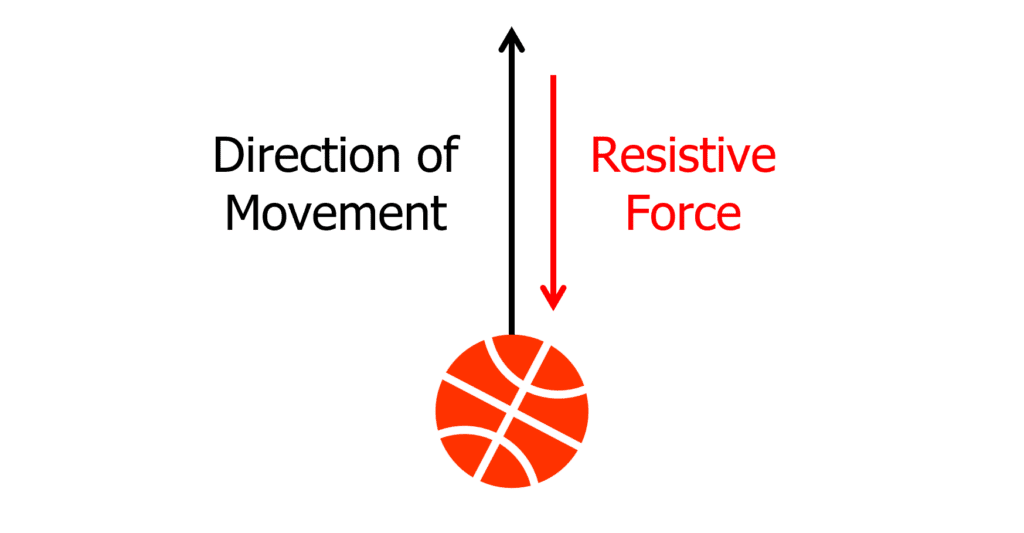

Damping is a concept we experience everyday in a variety of situations. From the suspension in your car making the ride smoother, to preventing a kitchen drawer from slamming shut.
Damping causes a reduction in the energy and amplitude of an oscillation due to resistive forces acting on the object. The resistive forces (often air resistance) always act in the opposite direction to the motion of the object and the magnitude of the force determines what type of damping an object may experience.
Light damping
Light damping causes the amplitude of the oscillating object to decrease exponentially with time. This causes a gradual reduction in amplitude until the object finally comes to rest at the equilibrium position. Someone bouncing on a bungee cord after a bungee jump would experience this kind of damping.
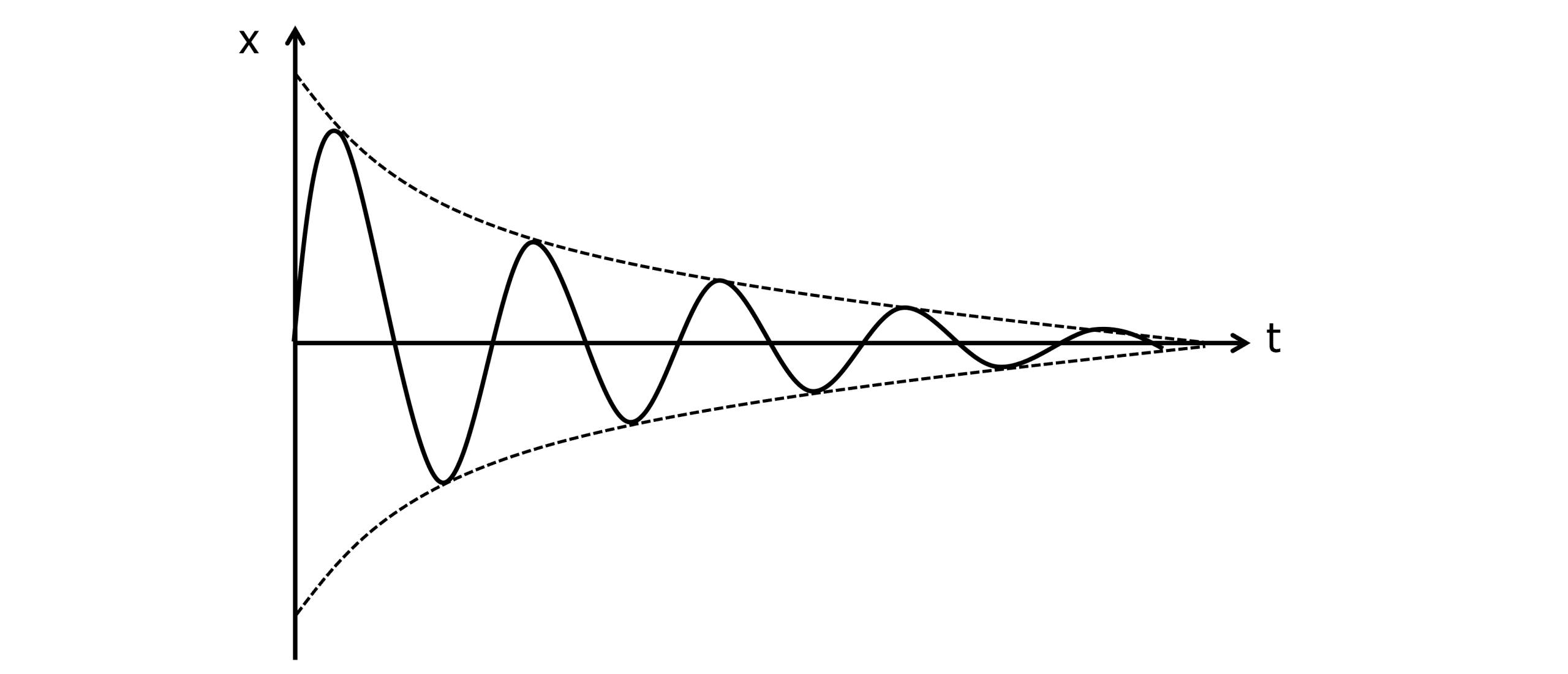
We can see from the diagram above, light damping does not affect the time period or frequency of the oscillation. The amplitude however, decreases exponentially over time until it reaches zero.
Critical damping
Critical damping is designed to prevent oscillations from happening. When the oscillator is displaced from its equilibrium, it returns to the equilibrium position in one motion over the shortest period of time. Car shock absorbers use critical damping to prevent cars bouncing after going over a sharp bump in the road.
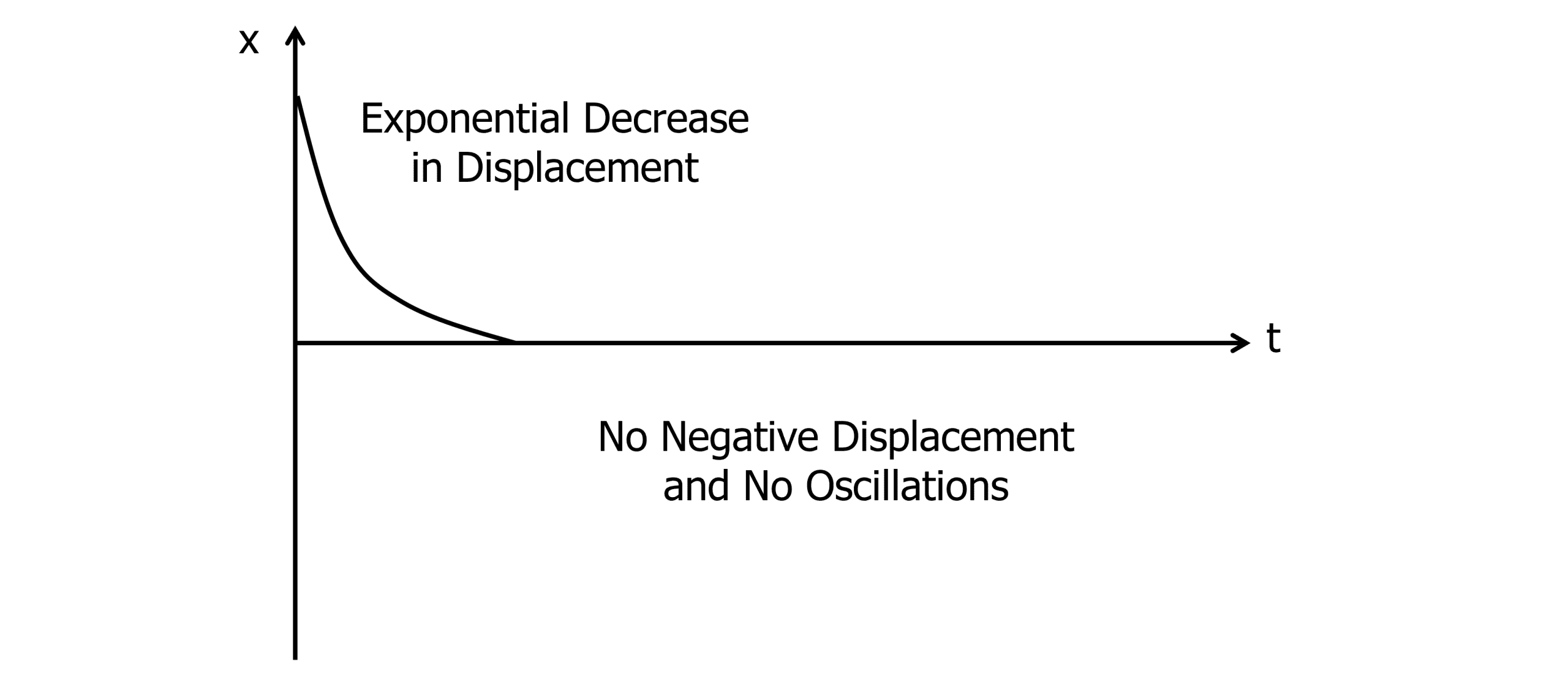
Heavy damping
Heavy damping is similar to critical damping as there are no oscillations. However, in heavy damping the time taken to reach the equilibrium position is much longer. Slow shut door stoppers use heavy damping to allow the door to shut slowly without bouncing back open.
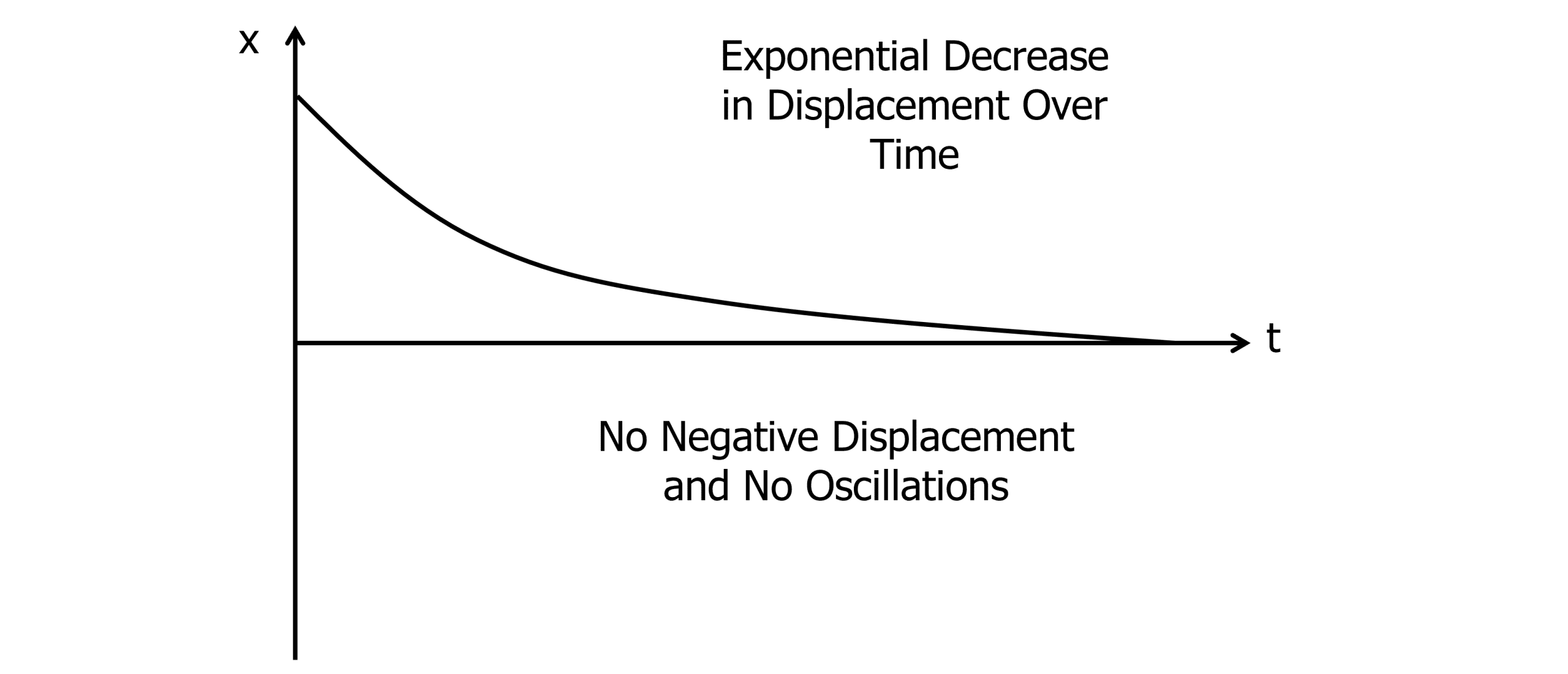
Free and Forced Oscillations
Free oscillations involve zero external input of energy into an oscillating system. Only the internal forces acting on the system are present. In reality, a free oscillation will always come to rest unless the system is oscillating in a vacuum with no resistive forces acting.
Forced oscillations involve the input of an external force to overcome resistive forces and allow the oscillator to continue to oscillate without a loss in displacement. You can picture this as a person swinging on a swing. They need a periodic input of force to overcome the resistive forces which reduce their displacement in the form of a person pushing them or the swinger swinging their legs. Without the external force input, the oscillator will naturally come to rest. The frequency at which the external force is applied is known as the driving frequency (f).
Resonance
All oscillating objects have a natural frequency (f_0) at which they oscillate. This is the frequency of oscillation without the application of an external driving force.
If the driving frequency is equal to the natural frequency of an oscillator, resonance occurs (f=f_0). When resonance occurs, the displacement of the oscillations increases. At resonant frequency, the transfer of energy from the driver to the oscillator is most efficient, transferring the greatest amount of kinetic energy to the oscillator.
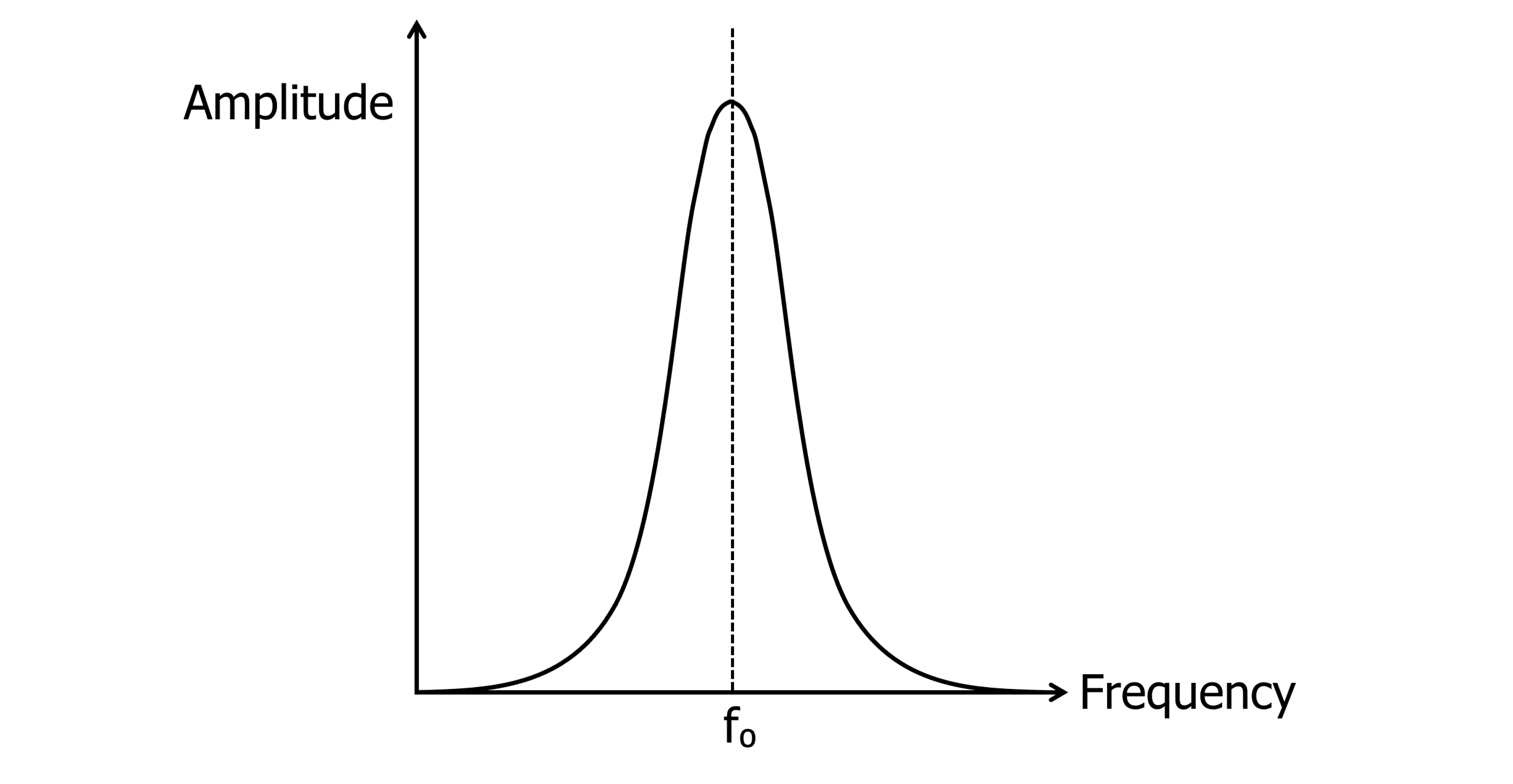
A microwave uses the idea of resonance to cook food. The microwaves produced by the oven match the natural frequency of water molecules in food. Therefore, resonance occurs and the water molecules vibrate until they gain enough energy to heat the food around them.
Forced Vibrations and Resonance Example Questions
Question 1: Describe what is meant by light damping and provide an example.
[2 marks]
In light damping, the oscillator loses energy with each oscillation until it eventually stops oscillating. This occurs in a person swinging on a swing without being pushed.
Question 2: What is the difference between free and forced oscillations?
[2 marks]
A free oscillation has zero external energy input whilst forced oscillation does involve external energy input.
Question 3: Describe how a microwave oven uses the concept of resonance to cook food.
[3 marks]
The microwaves produced are at the same frequency as the natural frequency of water. Therefore, the microwaves vibrate the water molecules causing heating to occur.
Forced Vibrations and Resonance Worksheet and Example Questions
Simple Harmonic Motion Questions
A LevelOfficial MMEYou May Also Like...

MME Learning Portal
Online exams, practice questions and revision videos for every GCSE level 9-1 topic! No fees, no trial period, just totally free access to the UK’s best GCSE maths revision platform.